Digital dreams, disconnected realities
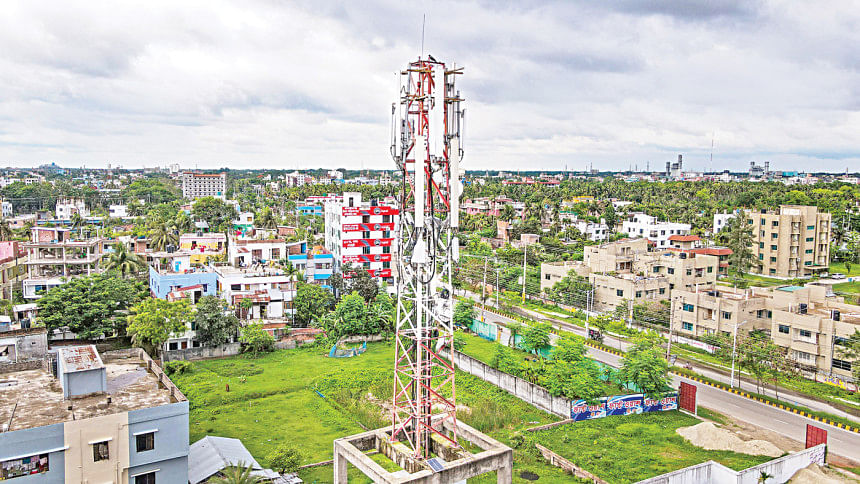
In Ferighat, a remote corner of north-eastern district Sunamganj, stationery shop owner Md Sumon Mia fights a battle that millions of rural Bangladeshis face daily – the struggle for a reliable internet connection.
While Dhaka's cafes buzz with high-speed Wi-Fi, Mia's small shop, nearly an 8-hour drive from the capital, remains trapped in a digital dead zone, his repeated pleas for connectivity lost in the silence of neglected infrastructure.
His story is not unique – it's a glaring symptom of the widening chasm between Bangladesh's tech-savvy cities and its left-behind villages.
"We have no access to broadband internet. On top of that, mobile internet speeds are awful," he said.
While a local broadband provider technically operates in the area, Sumon said the speed it offers is so poor that most people simply avoid using it.
Over the past decade, the country has witnessed a dramatic rise in smartphone adoption, internet penetration, and participation in the digital economy.
Yet, this transformation has left behind vast sections of the population, particularly rural communities and women, who continue to face systemic barriers to digital access, skills, and meaningful participation.
A deep-rooted divide in access to devices, internet connectivity, and digital literacy separates them from their urban counterparts.
This gap limits their ability to participate in online education, remote work, e-commerce, and other emerging sectors of the digital economy.
As a result, rural farmers, students, entrepreneurs, and women are sidelined from digital opportunities that could boost incomes and improve livelihoods.
Experts warn that unless rural areas are meaningfully brought online, Bangladesh's digital transformation risks reinforcing existing inequalities rather than closing them.
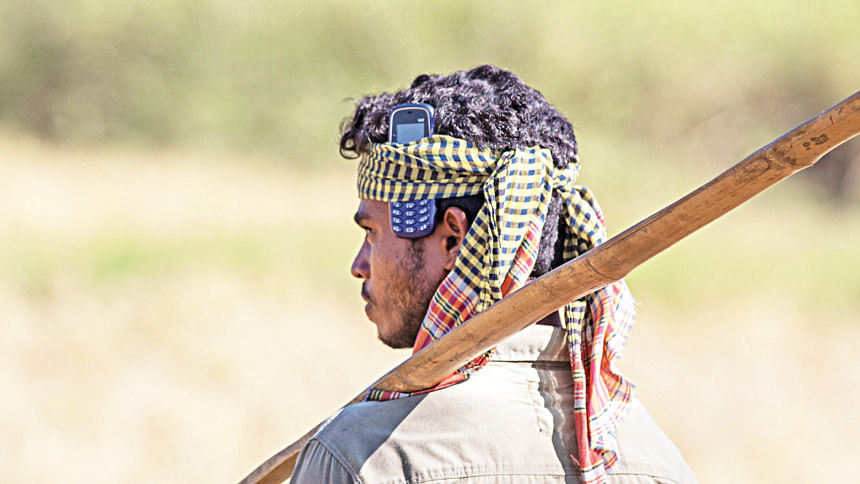
THE CURRENT STATE OF THE DIGITAL DIVIDE
The digital divide between urban and rural areas in Bangladesh remains a significant barrier to inclusive economic growth, according to the latest survey by the Bangladesh Bureau of Statistics (BBS) as of December 2024.
The data reveals stark disparities in access to digital tools and internet connectivity, particularly in rural regions, limiting their ability to participate in the digital economy.
The most glaring gap lies in computer and laptop usage. Only 3.8 percent of rural individuals use computers, compared to 20.7 percent in urban areas.
Similarly, laptop usage stands at 1.3 percent in rural regions versus 7.0 percent in cities. Tablet adoption is even lower – 0.9 percent in rural areas compared to 7.8 percent in urban settings.
Internet access also follows this trend. Only 37.8 percent of rural residents use the internet, far below the 68.4 percent urban rate.
While mobile phone usage is relatively high in both domains – 89.3 percent in rural regions and 92.2 percent in urban – ownership disparities persist, with 62.4 percent of rural households owning mobile phones compared to 71.1 percent in urban areas.
This suggests many rural users rely on shared devices or face financial constraints.

Limited access to computers, laptops, and reliable internet excludes rural populations from critical digital economy activities.
E-commerce, remote work, and online education platforms often require devices beyond basic mobile phones. The low rural internet adoption rate of 37.8 percent exacerbates this exclusion, as even those with mobile phones struggle to engage consistently.
Internet usage frequency also reflects the divide.
While 74.1 percent of rural users access the internet daily, 7.0 percent do so less than once a week, compared to only 5.3 percent in urban areas.
Irregular connectivity hampers skill development, access to digital services, and participation in gig economy platforms.
At the household level, the digital divide also remains pronounced.
About 72.3 percent of all households in Bangladesh own a smartphone. Among them, 69 percent are rural households, while 79.2 percent are urban. Only 3.7 percent of rural households own a computer, compared to 21.3 percent of urban households.
Nationwide, around 52.4 percent of households have internet access. However, 61.6 percent of urban households use the internet, compared to just 48.2 percent of rural households.
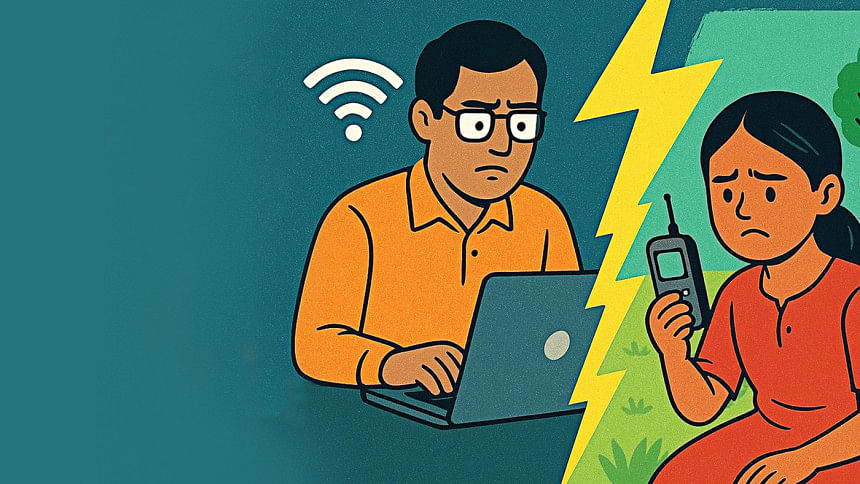
This persistent divide entrenches economic inequality. Urban residents, with greater device ownership and internet access, disproportionately benefit from digital banking, telemedicine, and online marketplaces. In contrast, rural communities—home to nearly 68 percent of Bangladesh's population—remain largely sidelined.
Farmers, small entrepreneurs, and students in these areas face reduced opportunities to innovate, upskill, or access broader markets. The lack of infrastructure, affordability issues, and low digital literacy further widen the gap.
"The widening digital gap between urban and rural regions in Bangladesh underscores the enduring structural disparities in access to and effective use of digital technologies," said Zulkarin Jahangir, assistant professor at North South University.
He noted that while internet use in rural areas has plateaued, urban usage continues to climb, deepening the divide in access to essential services like education, healthcare, and economic opportunities.
Jahangir, who also advises UNDP Bangladesh on digital divide issues, explained that this gap is rooted in more than just access.
It reflects broader systemic barriers such as affordability, low levels of digital literacy, and the lack of relevant local content and services in rural settings. These obstacles tend to hit marginalised communities hardest, reinforcing cycles of social and economic inequality.
To bridge the gap, Jahangir stressed the need for a people-first strategy that expands essential digital infrastructure in rural areas.
"Policies must aim to lower costs through subsidies or community-led networks, improve digital skills via locally adapted training, and provide useful online services that address rural needs," he suggested.
He emphasised that closing the digital divide is not only about equity, it's a critical investment in the country's long-term progress.
Addressing Bangladesh's digital divide requires targeted interventions: expanding broadband infrastructure, subsidising devices, and implementing digital literacy programmes, said Syed Almas Kabir, chief executive officer of MetroNet Bangladesh.
Without bridging this gap, rural populations will continue to lag in contributing to and benefiting from the nation's digital transformation, perpetuating cycles of poverty and inequality, he said.
Policymakers must prioritise inclusive digital policies to ensure equitable growth in the evolving economy.
"The growing digital divide is deeply concerning, as it creates two distinct classes of citizens: one group that is IT-savvy and reaping the benefits of digital advancements, and another that is deprived of even basic government services," said Kabir, a former president of the Bangladesh Association of Software and Information Services (BASIS).
"This inequality must be addressed urgently," he added.
According to him, internet transmission costs remain disproportionately high in rural areas, compounded by severe mismanagement.
"The bandwidth transmission fees charged by Nationwide Telecommunication Transmission Networks are also excessive. Despite significant government investment in expanding fibre optic networks, transmission costs in rural areas are still much higher than in urban regions," Kabir added.
GENDER DIVIDE: THE DIGITAL GAP IN BANGLADESH
In Bangladesh, the growing digital divide has a significant gender dimension. Despite the country's advancements in mobile phone and internet penetration, women continue to face substantial barriers to digital inclusion.
According to the Bangladesh Bureau of Statistics (BBS)'s Sample Vital Statistics 2023, gender inequality remains a crucial factor in perpetuating this divide.
While 51.9 percent of internet users are men, only 39.7 percent are women. This disparity is more pronounced in rural areas, where 38.3 percent of rural women use the internet, compared to 42.6 percent of urban women.
This gap is not simply a result of technological unavailability, but is deeply rooted in social, cultural, and economic barriers that women face, said Fahim Mashroor, CEO of bdjobs, the largest local job searching platform.
In rural Bangladesh, social norms and traditional gender roles often restrict women's access to the internet.
According to Mashroor, many women in rural areas are prevented from using the internet due to familial and societal constraints.
"In rural areas, many females are restricted from accessing the internet due to social reasons imposed by their parents or guardians," Mashroor explained.
These cultural barriers severely limit women's ability to engage with the digital world and gain the skills necessary to thrive in the modern economy.
The lack of digital access for women is also evident in the IT sector, where women make up only 12 to 13 percent of the workforce.
This underrepresentation in the digital professions further reflects the broader gender divide in digital skills development and economic participation.
Kabir emphasised that the low participation of women in the IT sector is a clear indicator of the gender digital divide that persists across the country.
Moreover, this divide extends beyond access to information and skills, it also impacts financial inclusion.

 For all latest news, follow The Daily Star's Google News channel.
For all latest news, follow The Daily Star's Google News channel. 



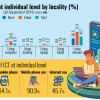

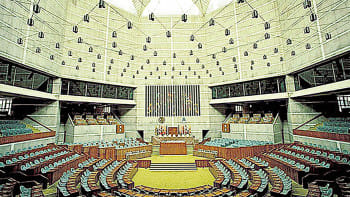
Comments